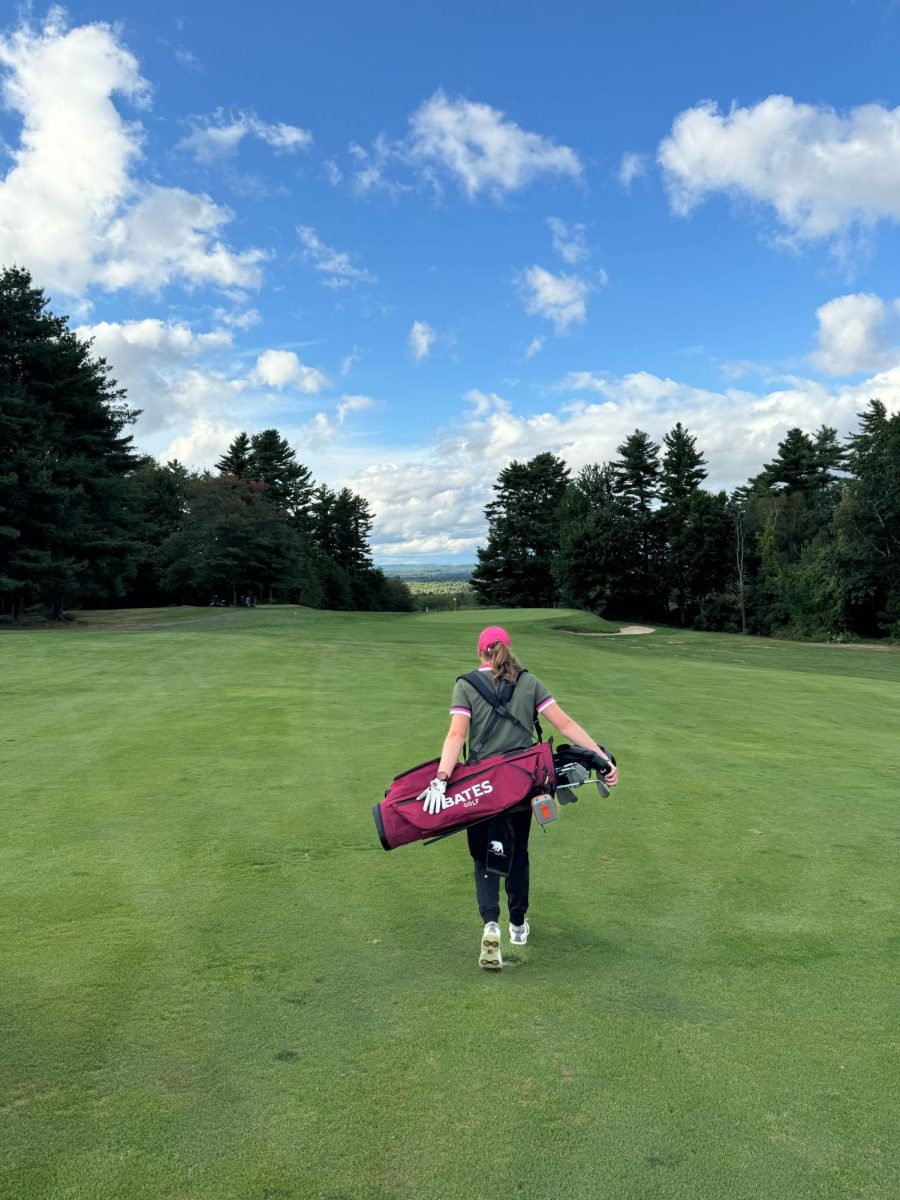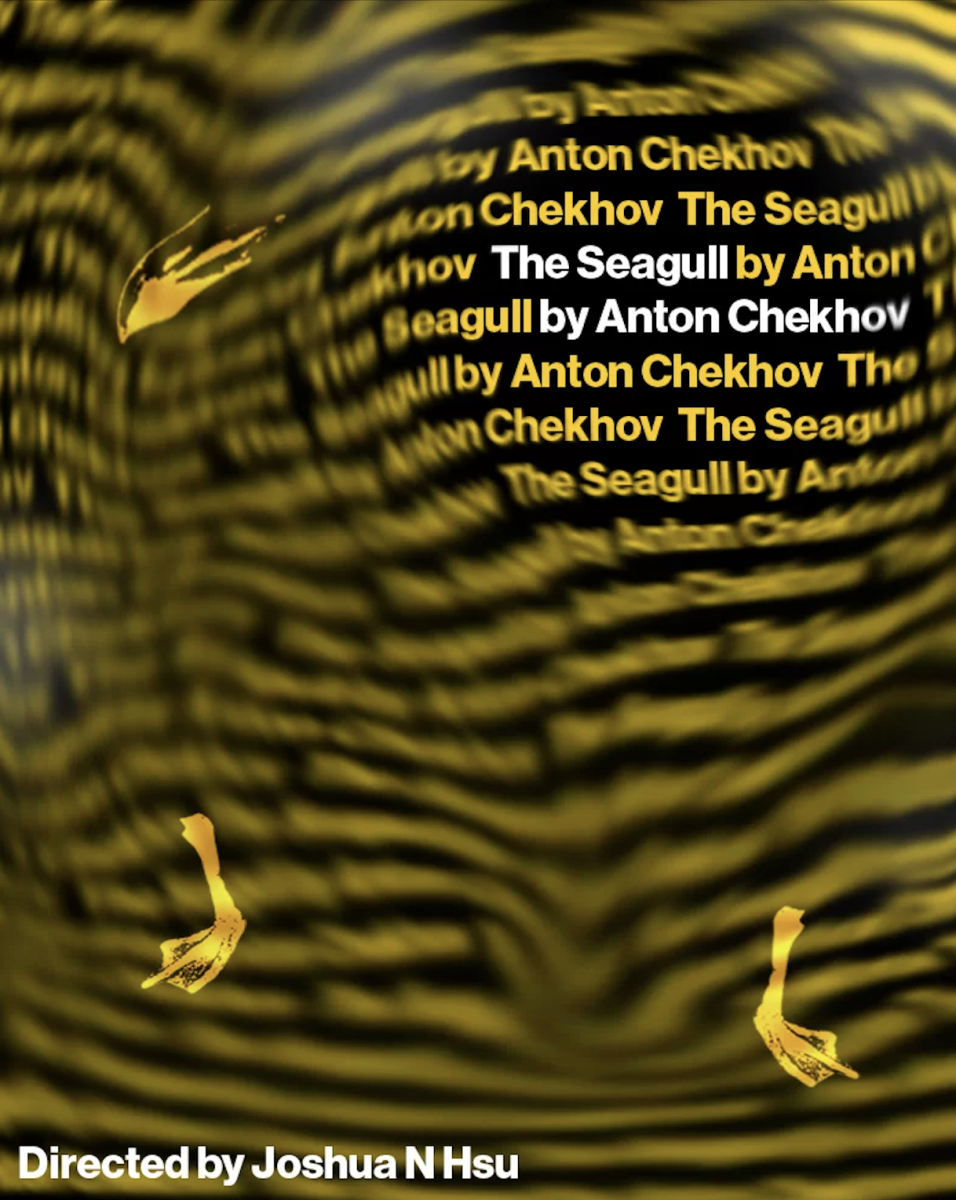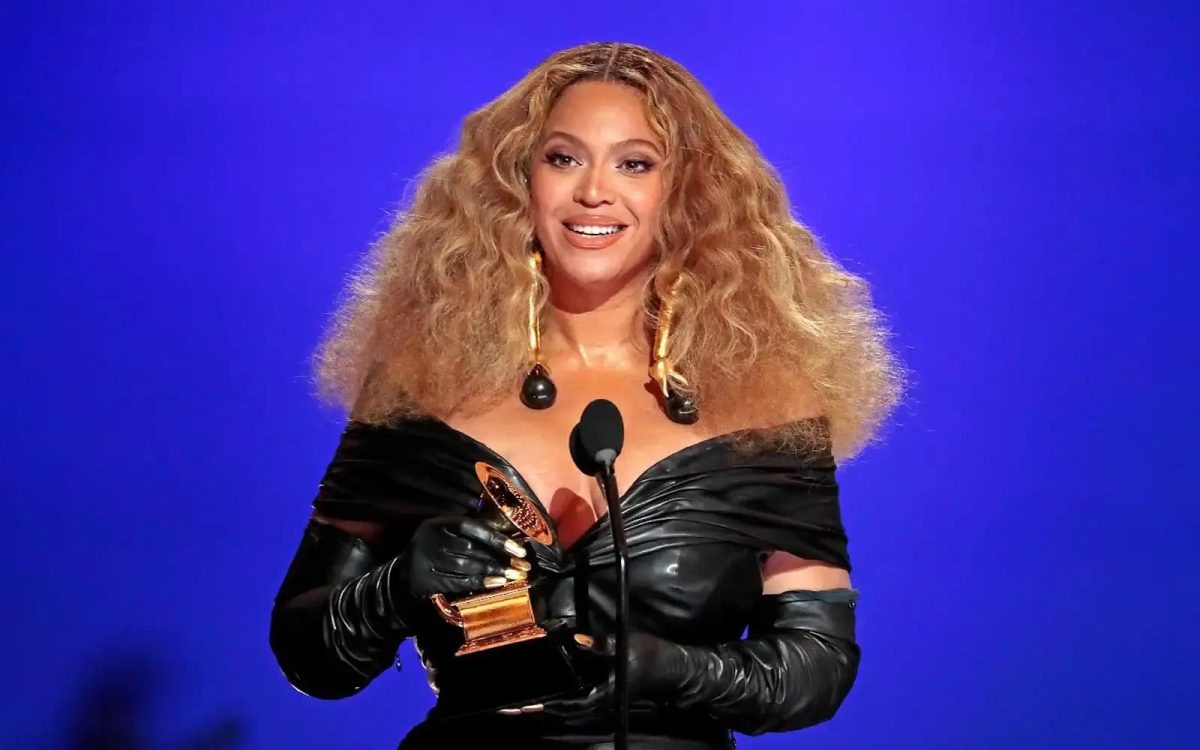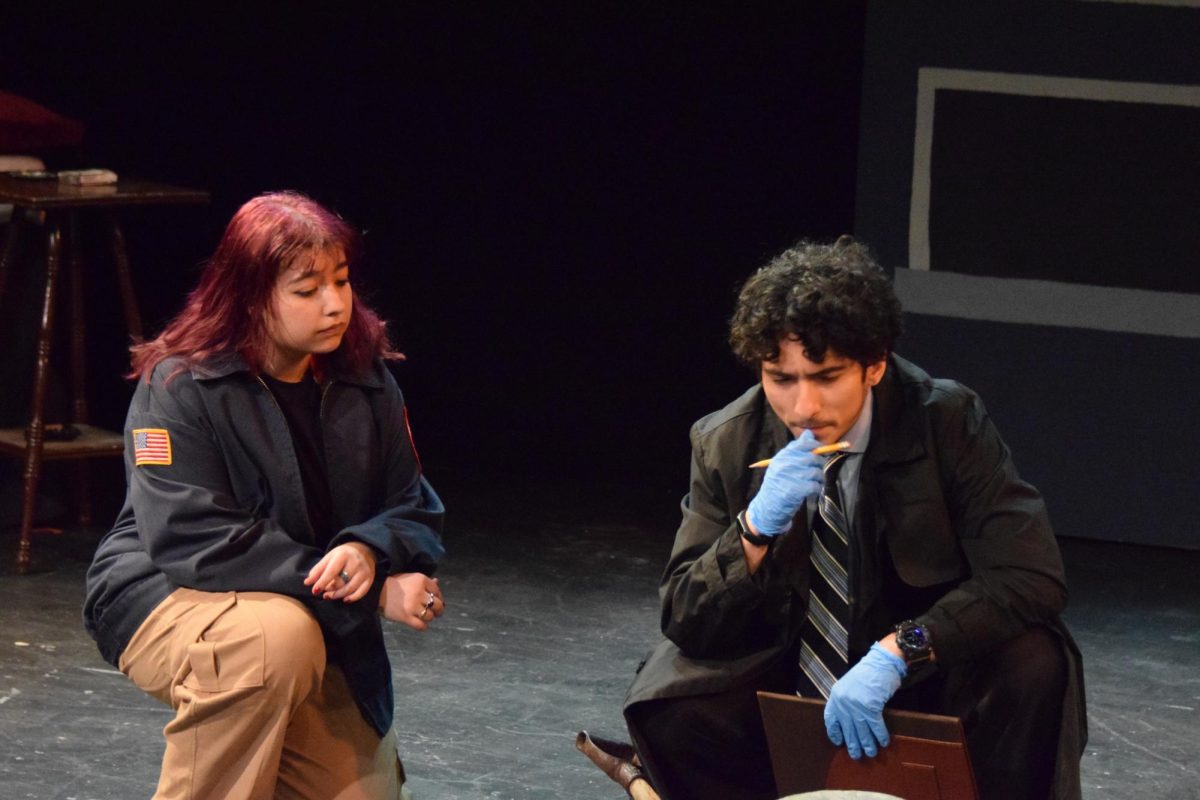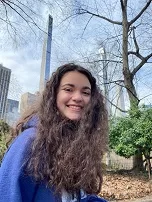Brimming with paintings, photography, film, sculptures and music, the Bates Museum of Art’s latest exhibit Exploding Native Inevitable is a dazzling eruption of Indigenous art, agency and activism. Inspired by Andy Warhol’s celebrated 1966 exhibit Exploding Plastic Inevitable, the eponymous Exploding Native Inevitable is a multimedia event that starts with art gallery displays and ignites into live music and short film.
As their names suggest, both exhibits are about inevitability. For Andy Warhol, this meant embracing the rise of pop art and its focus on commercialization and celebrity. For curators Brad Kahlhamer and Dan Mills, however, it is the popularity and recognition of Indigenous contemporary art that is inevitable.
Unlike Warhol’s decidedly post-modernist extravaganza, the twelve Indigenous artists and two collaboratives featured in Exploding Native Inevitable thoughtfully explore the haunting, salient and moving relationship between the past and the present through their art. Abenaki musician Mali Obomsawin and Penobscot artist Lokotan Sanburn’s video Wawasin8da, for example, explores how Catholicism influenced Maine’s Indigenous communities and — more importantly — how Indigenous people used their own art and culture to shape the church and communicate their own stories.
Wawasin8da features music from Obomsawin’s critically acclaimed debut album Sweet Tooth. Born and raised in Maine, Obomsawin is a brilliant bassist and vocalist who fuses free jazz, traditional Wabanaki music and Catholic hymns into their own distinct sound — one that fluctuates beautifully between dissonance, melancholy and jubilation. Shot in black and white, the film features Obomsawin singing in a Catholic church that juxtaposes traditional Catholic imagery with Abenaki visual motifs. Explaining their decision to shoot in a church, Obomsawin said, “Like all reservation communities there’s a very heavy influence [from]… the Catholic church. I [want to] trace the history of our music, which has turned into a blend of music styles from the church and our old songs.”
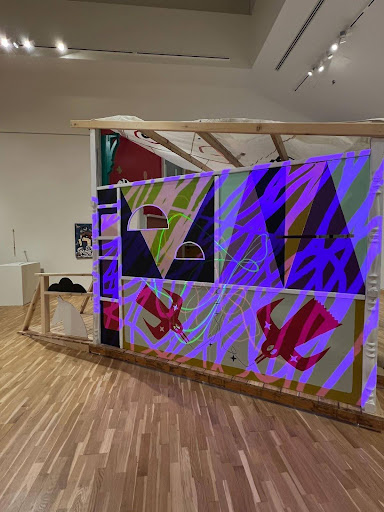
Towering behind Obomsawin and Sanburn’s music video is Sarah Rowe’s vivid, neon and dreamlike treeless treehouse. Entitled Post, it features moving projections made by digital artist Kelli Blacketer and Lakota iconography such as crosses, a horse figure and thunderbirds. Post was inspired by Rowe’s near-death experience with COVID-19. “I lost all sense of color, which was terrifying,” she explained, “so I wanted to celebrate color first and foremost.”
Featuring walls painted in vivid red, yellow, purple, and green hues, Rowe’s exhibition is exactly that — an explosive celebration of color, vibrancy and life.
The treehouse is also interactive. “It’s a painting that you can enter,” Rowe explained. Viewers are encouraged to wander in, sit on one of the stools inside and contemplate the elusive meaning of the psychedelic paintings that decorate its interior. Not only does Rowe want her audience to engage with “Post,” she also expressed her hope that future artists will use the treehouse to stage their own performances.
Following Roe’s tree house, Nizhonniya Austin’s abstract expressionist paintings greet and captivate the viewer. Austin became interested in abstract expressionism because of its emphasis on freedom and intuition.
“I like to just put on some music [and] dive right in… [and express] raw feelings,” she said. Looking at her art, it is easy to see the passion and emotion behind her brush strokes and bright color palette.
According to one of the Bates Museum of Art’s curators, Austin’s work stands out from traditional definitions of Native art because of its lack of identifiable Indigenous “symbols.” Austin explained, however, that the lack of Native iconography in her art “has never really been intentional.” She added, “but it’s enough that I’m Native… this is Native art. This is authentic Native art.”
Jaque Fragua’s photographs of his billboard art are Exploding Native Inevitable’s most overtly political pieces. For Fragua, art is a powerful form of political activism and advocacy.
“Sometimes you feel like you have a social responsibility to…act and say things on behalf of the people in your community,” he said during the gallery talk.
The power of Fragua’s work and message lies in its simplicity. One of his pieces exhibits the words “This is Indian Land” graffitied in vivid red on a temporary construction wall flush with a busy L.A. street corner. Another — entitled Sacred Peaks — shows “Sacred” drawn in bright blue on a wooden billboard that looms over a country road and its surrounding acreage. Although short and simple, these signs are an incredibly powerful and evocative reminder to viewers of the origin of the land on which they are standing.
To see the art featured in this article and much more, visit Exploding Native Inevitable before it leaves the Bates Museum of Art on March 4.



